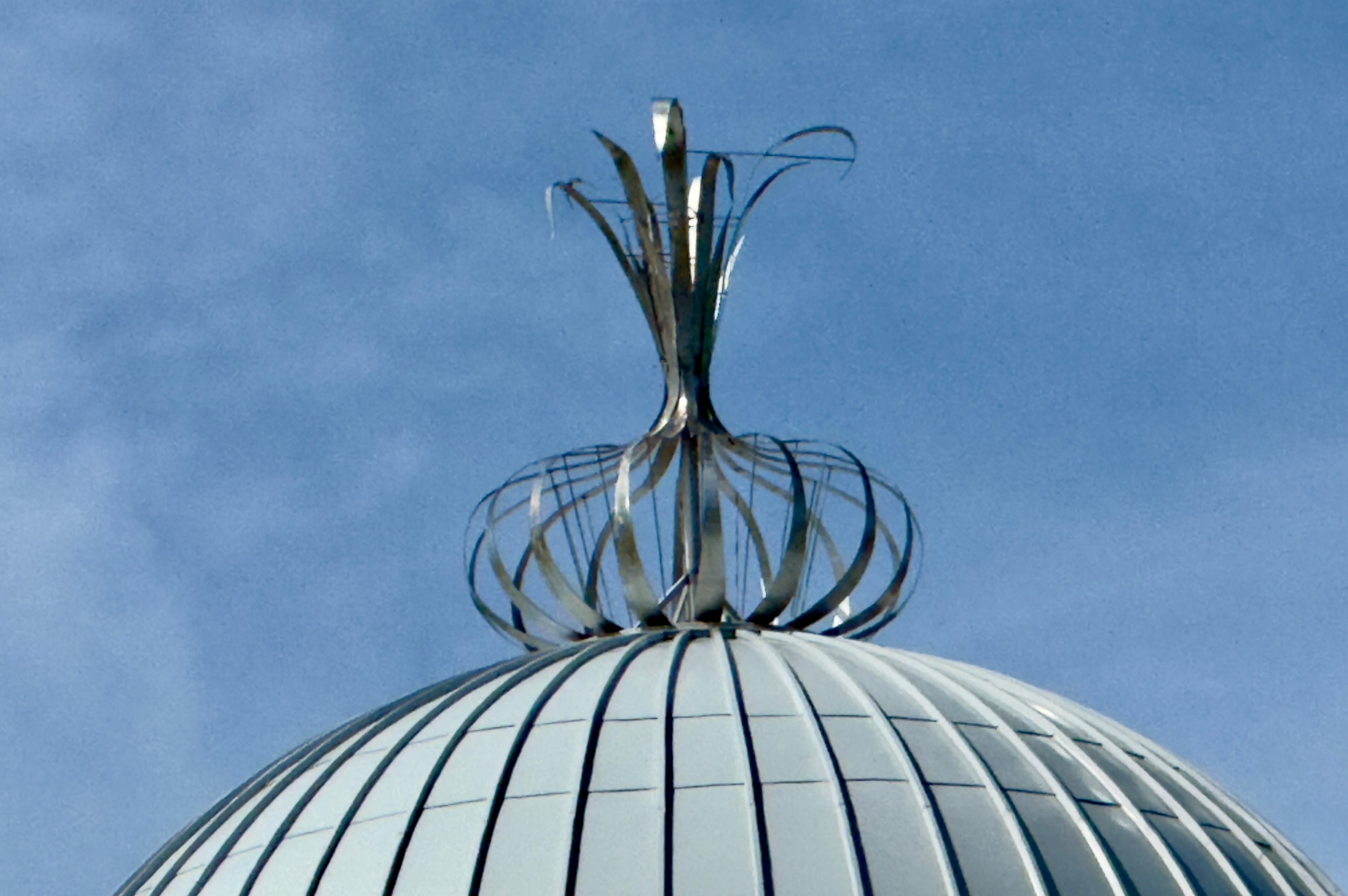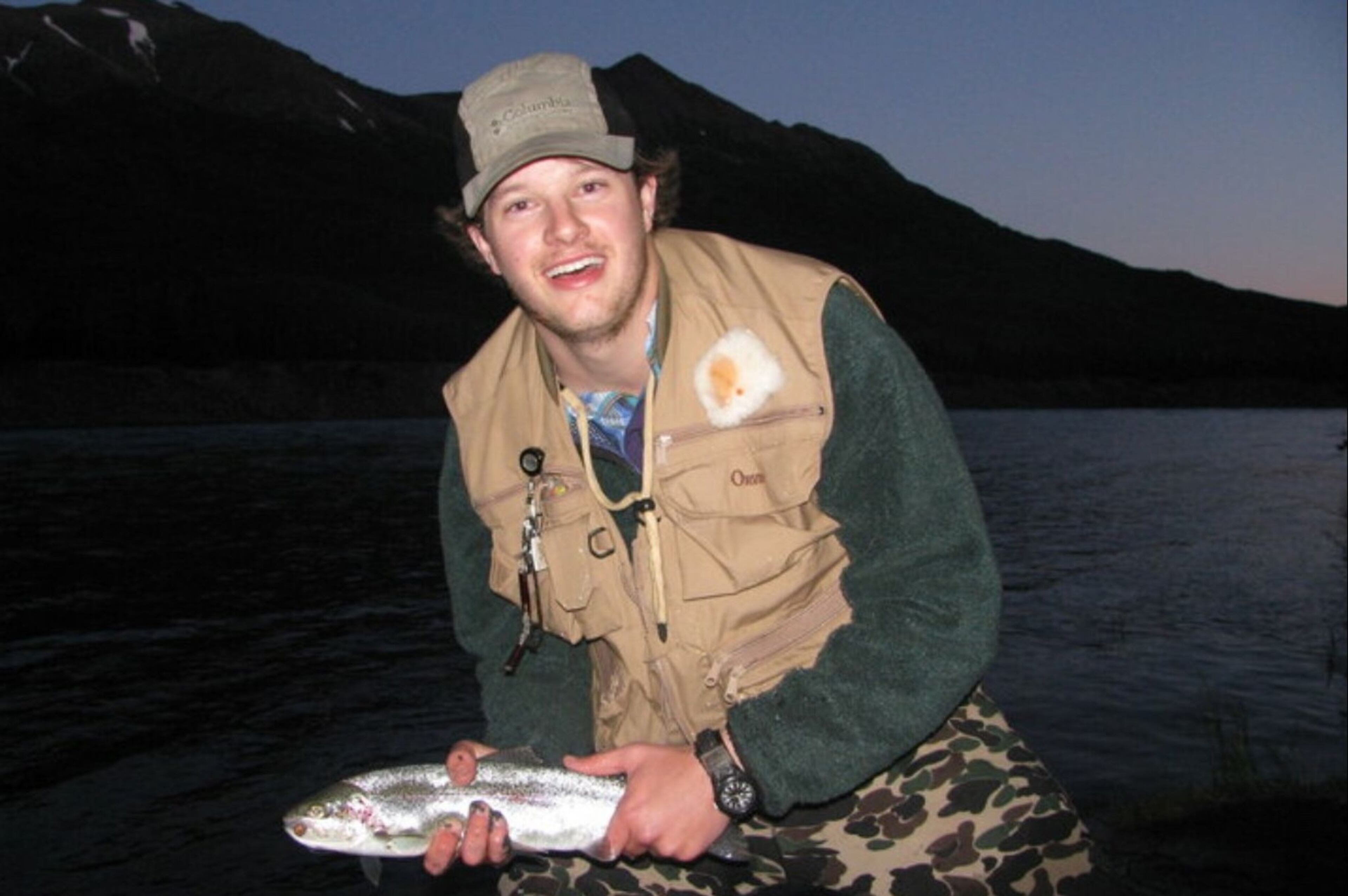Swimming with dolphins helps rescue efforts in Key Largo
KEY LARGO, Fla. ― Fourteen-year-old B.B. is a bit of a showoff. A superstar athlete able to swim faster and jump higher than the other five bottlenose dolphins at Dolphin Life Key Largo (formerly Dolphins Plus Marine Mammal Responder), she’s also a quick study, easily learning new skills from her trainers. When she gets something right, she squeals triumphantly, as if to say, “I did it!”
Given the opportunity to swim with a human visitor, B.B. flips over on her back, an invitation to gently hold on to her flippers and go for a ride in the natural saltwater lagoon. The sensation is like zipping along on a living, breathing boogie board. Other vocalizations are prompted by hand signals eliciting birdlike whistles and clicking sounds made by releasing air through her blow hole.
When their interaction comes to an end, B.B. swims over with a little parting gift, a piece of seaweed. Whether she enjoyed the experience as much as her human counterpart did ― or she was just in it for the fishy rewards — is unclear.
Dolphin Life Key Largo does a lot more than just run Dolphin Life Swim (formerly Connect to Protect), the program that manages its human-animal interactions including swimming with dolphins and dockside encounters. It’s a nonprofit organization that protects dolphins and whales and their habitats through education, scientific research, animal rescue and welfare.
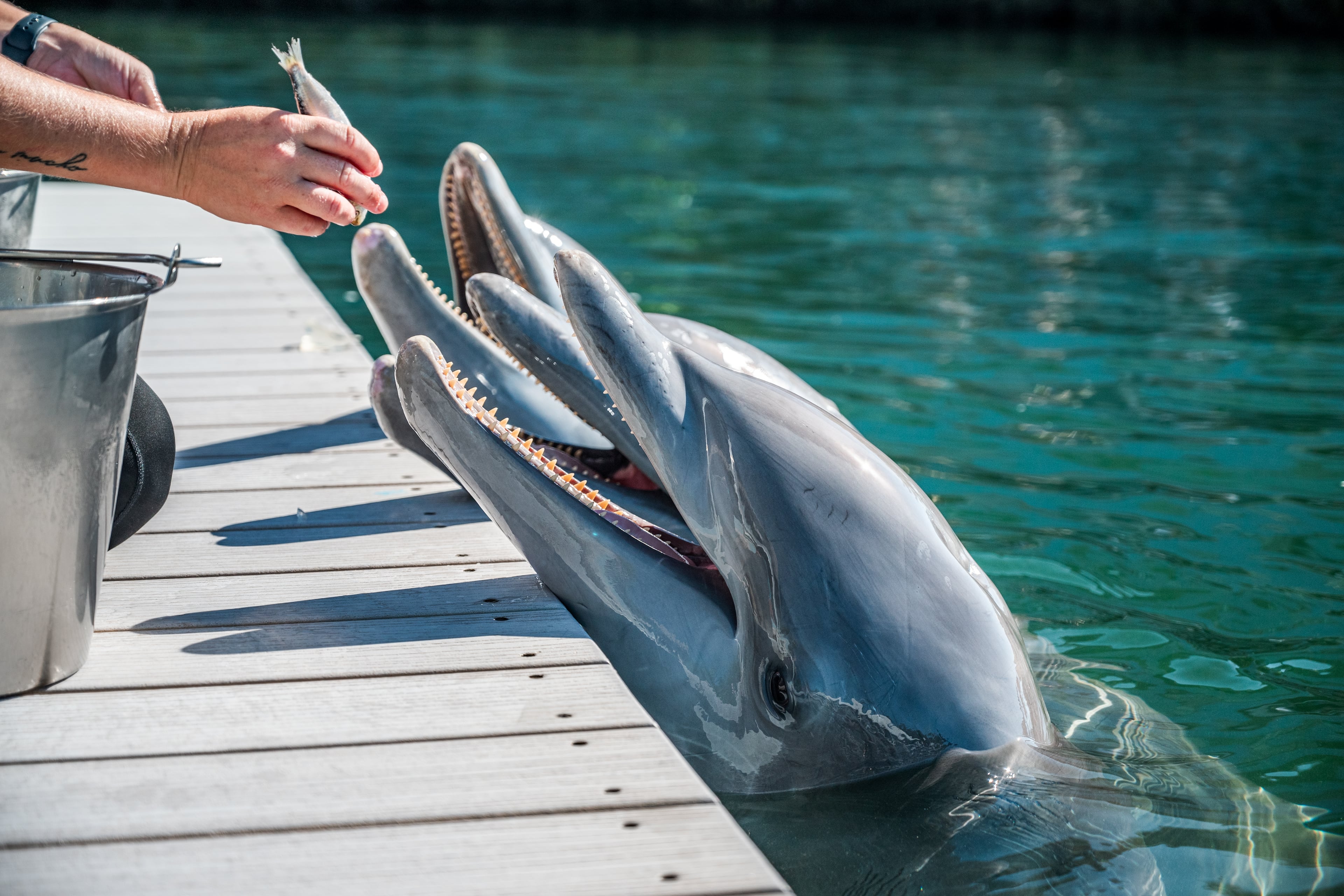
“Our entire mission is to improve the lives of dolphins in our care and in the wild,” said Hunter Kinney, director of zoological operations as well as marketing, fundraising and development. “The guests who visit us become a part of that care when they get in the water with the dolphins, helping to enrich their lives by playing fun games and fueling their curiosity.”
Most importantly, the Dolphin Life Swim program helps finance the new Dolphin Life Hospital in Islamorada, 17 miles south of Key Largo, where injured and orphaned dolphins and whales receive care. The state-of-the-art facility has an ICU with a 56,000-gallon aboveground saltwater pool to treat the sickest patients.
For the first time in almost a decade, it’s possible to care for marine mammals in the Keys instead of subjecting them to a stressful five-hour journey to Sea World in Orlando or the Clearwater Marine Aquarium. The idea for the hospital was born out of tragedy.
In 2016, four juvenile spinner dolphins, a deep-water species, were stranded in the shallow waters off Everglades National Park, possibly off course because of Hurricane Hermine.
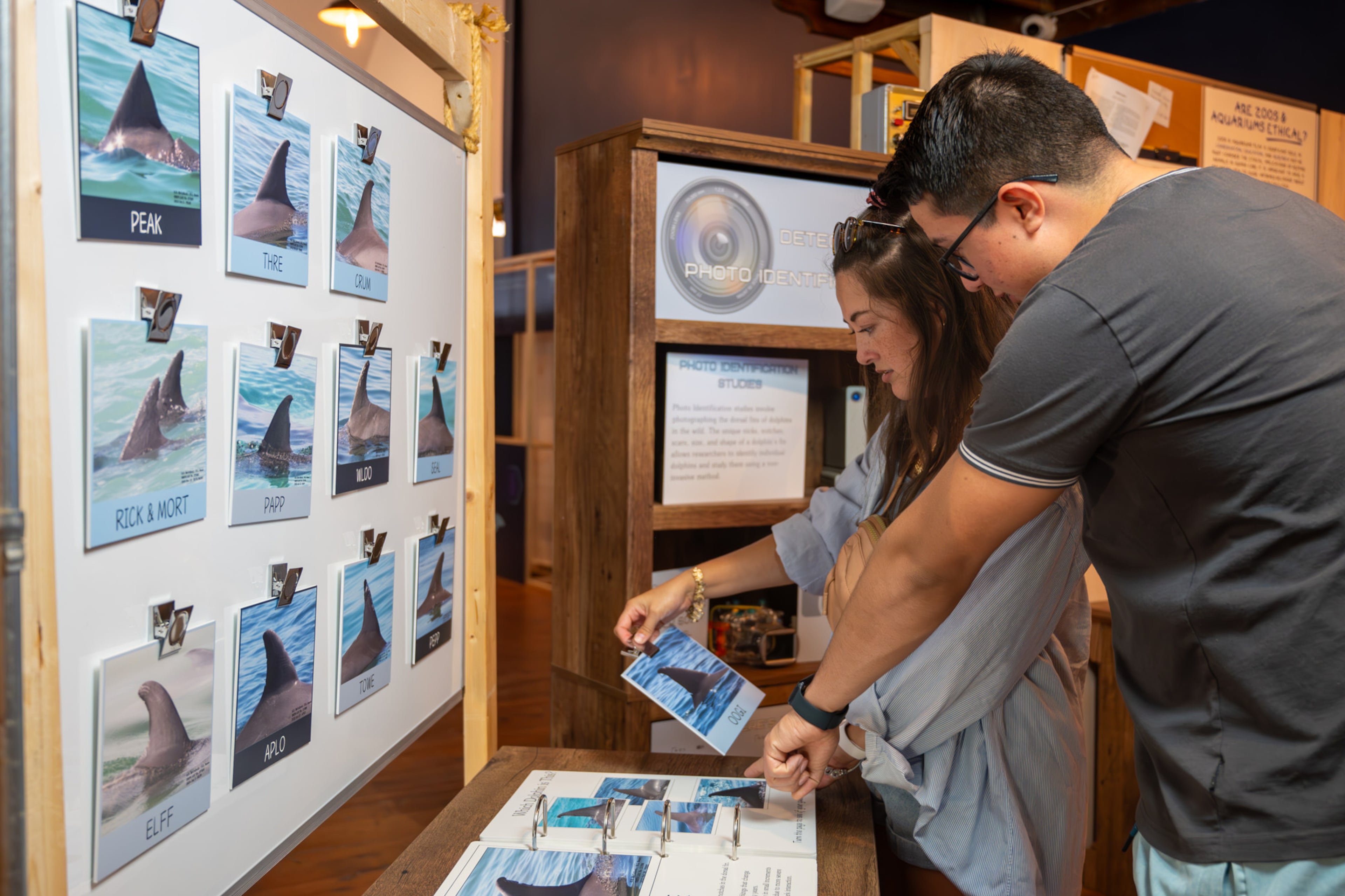
They were rescued and transported to Key Largo, but the Marine Mammal Conservancy, the only marine mammal rehabilitation facility in the Keys, had just closed after filing for bankruptcy. Every rehab facility in Florida was at capacity. The dolphins were euthanized.
Art Cooper, founder and primary responder, was on the scene that day.
“It personally offended us so deeply to have to do that to animals that could be saved that we started to brainstorm for an alternate location,” Cooper said.
It took years and mountains of red tape, but the nonprofit hospital is finally open. Cameras allow visitors to remotely view the pool so as not to disturb the patients during their convalescence. Staff describe to visitors the circumstances that led to the animal being admitted to the hospital and the details of their treatment plan.
The Exploratorium, a new 2,000-square-foot marine life museum adjacent to the hospital, focuses on conservation and education. Exhibits include “Rescue Files,” which chronicles dolphin and whale rescues in Florida over the years and documents some of the causes of stranding, such as entanglement in fishing nets and ingesting plastic that is floating in the ocean.
Visitors learn that the best way to help a stranded dolphin is to keep it cool by applying wet towels (unless sunburned) until first responders arrive.
According to Kinney, many well-meaning people unintentionally harm marine life while trying to save it.
“Some people think if they see a stranded dolphin, they should push it back out in the water, but that’s almost certainly a death sentence,” he said. “They will likely re-strand or become shark bait.”
The Florida Keys already had rehabilitation facilities for manatees, sea turtles and birds. Now it also has one for dolphins, the beloved sea creature that is practically the region’s mascot.

Also new to the Keys is the REEF Ocean Exploration Center, a 2,000-square-foot facility that opened in June in Key Largo.
Visitors are greeted by an exhibit on Florida coral reef surrounded by 3D-printed fish, emphasizing the symbiotic relationship between the two. Hundreds of fish species rely on the reef as a feeding and breeding ground. In turn, they keep the reef healthy by controlling algae and providing nutrients. The Florida Keys is home to the only living coral barrier reef in the continental United States, a vital natural resource that has sharply declined since the 1970s.
Upstairs, science meets art. Suspended lifelike sculptures of various Florida fish species seem to swim overhead, providing visitors with the illusion of diving beneath the waves.
Some fish that were once plentiful in Florida are now critically endangered, like the Nassau grouper and the goliath grouper. “Race for Survival,” an interactive exhibit popular with kids, demonstrates the dangers the Nassau grouper faces before it can mature and reproduce.
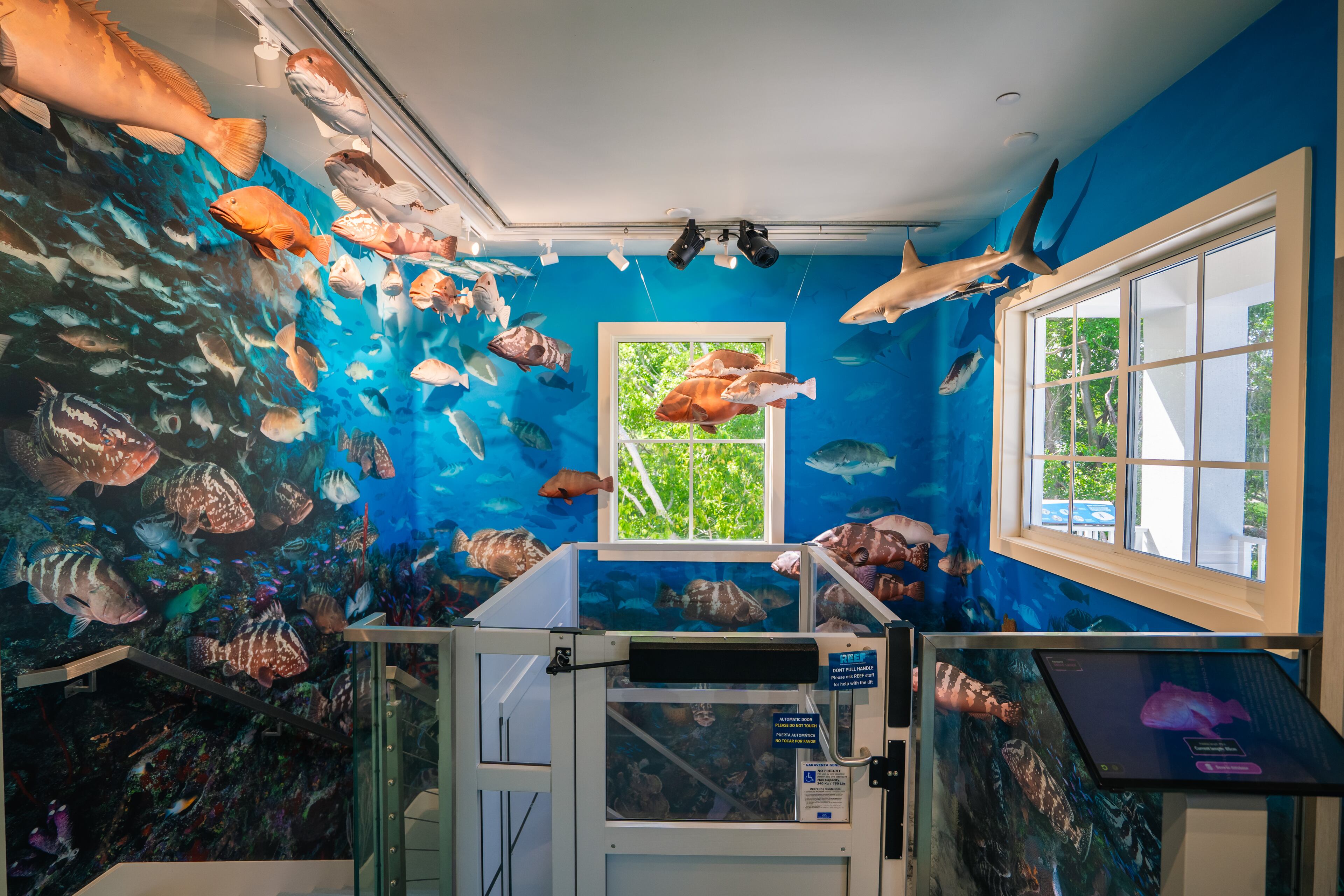
The life-size image of the largest goliath grouper ever caught in Florida provides a perfect photo op. The 680-pound behemoth measured more than seven feet long. It was caught in 1961, decades before a harvest ban was introduced in 1990 to protect them.
After a day of frolicking in the water with dolphins, learning about heroic animal rescue operations and pondering the fragile state of marine life, a sunset cruise with Clearly Unique Charters in Islamorada is the perfect way to end the day. If you watch closely, you might get so see dolphins jumping and playing in the boat’s wake, living their best lives in the wild.
IF YOU GO
Key Largo is 750 miles southeast of Atlanta. Hartsfield-Jackson Atlanta International Airport offers direct flights to Miami daily. Drive 1.5 hours south to Key Largo.
Attractions
Dolphin Life Key Largo. $249 to swim with dolphins. 31 Corrine Place, Key Largo, Florida. 305-453-4321, dolphinlife.org, connecttoprotect.org
Dolphin Life Hospital and Exploratorium. $15. 82748 Overseas Highway, Islamorada, Florida. 305-453-4321, dolphinlife.org, connecttoprotect.org
REEF Ocean Exploration Center for Marine Conservation. Free admission. 98380 Overseas Highway, Key Largo, Florida. 305-852-0030, reef.org/oec
Clearly Unique Charters. $30-$75 sunset cruise. Pick up at the pier at Islander Resort in Islamorada. 305-413-8307, clearlyuniquecharters.com
Where to Stay
Islander Resort. $250-$550. This newly renovated beachfront property with 114 bungalow-style guestrooms and two pools has an Old Florida vibe. The new Seaside Sports area has a 9-hole putting course, pickleball, bocce and other activities. 82100 Overseas Highway, Islamorada, Florida. 305-664-2031, islanderfloridakeys.com
Playa Largo Resort and Spa. $312-$1,168. A 14.5-acre luxury beachfront property with 178 rooms, suites, villas and beach houses. An on-site marina offers kayaking, fishing and snorkeling. 97450 Overseas Highway, Key Largo, Florida. 305-853-1001, playalargoresort.com
Where to Eat
Flagler Station. $32-$140. This new waterfront steakhouse is a tribute to Henry Flagler, the Gilded Age tycoon that built the Overseas Railroad (now the Overseas Highway), connecting mainland Florida to the Keys. Dine in a replica of an old railway car. 83413 Overseas Highway, Islamorada, Florida. 305-664-0030, flaglerstation.com
Drift on the Beach at Islander Resort. $36-$48. Casual beachfront restaurant serving fresh seafood. 82100 Overseas Highway, Islamorada, Florida. 305-664-2031, driftrestaurantislamorada.com
